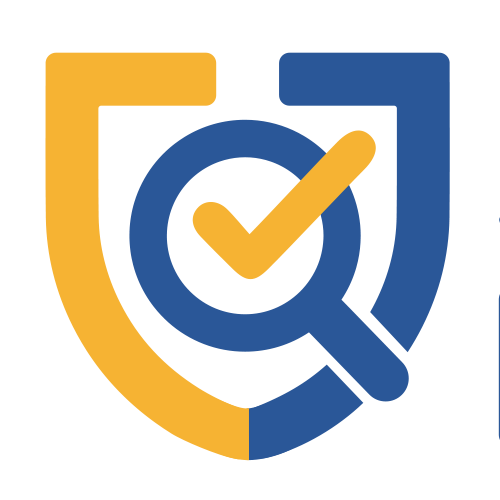 CA. Manish Mishra, Founder of GenZCFO
CA. Manish Mishra, Founder of GenZCFO
An important life milestone is pursuing higher education, but paying for it can be quite difficult. Students and their families frequently look into financial aid possibilities to lessen the strain of growing tuition prices, living expenses, and other related costs. Higher education can be financed mostly through scholarships and education loans, but selecting the best option takes considerable thought. This post examines the distinctions between college loans and scholarships, their advantages and disadvantages, and how to choose wisely for your future.
Learning about Scholarships
Scholarships are financial grants granted to students based on need, merit, or certain standards like community service, athletic accomplishments, or academic excellence. Since they don’t need to be repaid, they’re a desirable choice for students trying to reduce their debt.
Scholarship Types
- Merit-based scholarships are given to students who have excelled in their studies, artistic endeavors, or sports endeavors.
- Students from low-income families are eligible for need-based scholarships.
- Scholarships awarded to students studying certain subjects, like engineering, medicine, or the arts, are known as subject-specific scholarships.
- Government and Private Scholarships: These might be provided by private groups, NGOs, or government agencies.
Advantages of Scholarships
- No Repayment Required: Unlike loans, scholarships are essentially free money.
- Encourages Academic Excellence: Many scholarships reward high-achieving students, motivating them to perform well.
- Boosts Resume: Winning a scholarship adds credibility to a student’s academic and extracurricular profile.
- Reduces Financial Burden: Covering tuition, accommodation, or books through scholarships minimizes dependence on loans.
Disadvantages of Scholarships
- Highly Competitive: Many scholarships have rigorous selection processes.
- Limited Availability: Not all students qualify, as many scholarships have strict eligibility criteria.
- Partial Funding: Some scholarships may not cover the full cost of education, necessitating additional financial aid.
Understanding Education Loans
Education loans are funds borrowed from banks, financial institutions, or government programs to pay for higher education. These loans need to be repaid with interest after the student completes their studies.
Types of Education Loans
- Government Loans – Offered by public financial institutions, often with lower interest rates and flexible repayment terms.
- Private Loans – Provided by banks or financial institutions with varying interest rates and conditions.
- Secured vs. Unsecured Loans – Secured loans require collateral, while unsecured loans do not.
Advantages of Education Loans
- Accessible to Most Students: the loan is granted to a wider range, unlike scholarships.
- Flexible Repayment Plans: Many loans allow grace periods before repayment begins.
- Covers Full Cost of Education: Unlike scholarships, loans often cover living expenses and other fees along with tuition fees.
- Builds Credit History: Repayment of an education loan responsibly builds a good credit score.
Disadvantages of Education Loans
- Interest Accumulation: Borrowers must repay the loan amount with interest, increasing the total cost.
- Debt Burden: Loans create a monetary burden that could take years to clear away.
- Eligibility Criteria: Some loans might require a co-signer or collateral, which narrows student access.
Scholarships vs. Education Loans: Which One to Choose?
Making the right choice between scholarships and education loans depends on several factors:
- Eligibility and Availability – Scholarships should be the first option if you qualify, as they do not need to be paid back.
- Financial Need – If the scholarships do not completely pay for the education, then the education loan should be considered.
- Future Financial Stability – Check your earning potential and ability to repay loans after graduation.
- Urgency and Accessibility – Often, loans are easier to get than scholarships, which have strict deadlines and competition.
Both scholarships and student loans are modes of financing higher education, where if qualified for the scholarships students can avoid the possibility of debt however student loans provide a reliable backup for those who need additional financial assistance. The best option is to apply for several scholarships and take loans when needed the most. A balanced decision will ensure better studies without too much financial strain and build a solid base for the coming future.
Also read: Challenges and Opportunities in Indian Higher Education: 2024 Outlook























